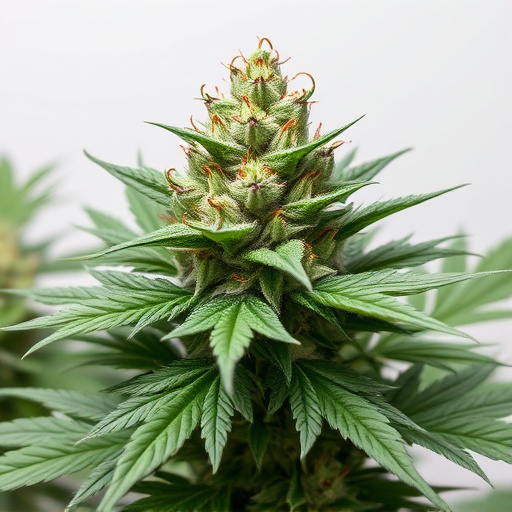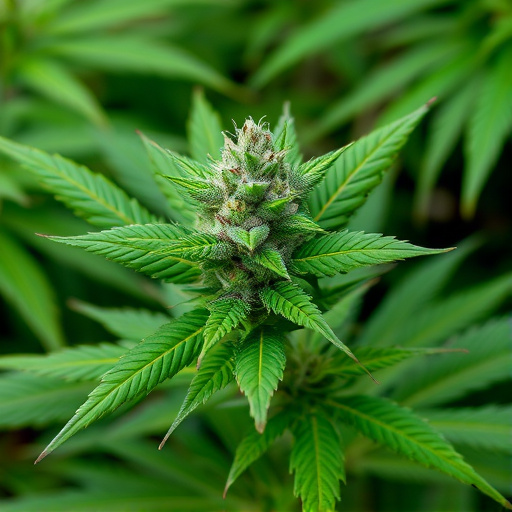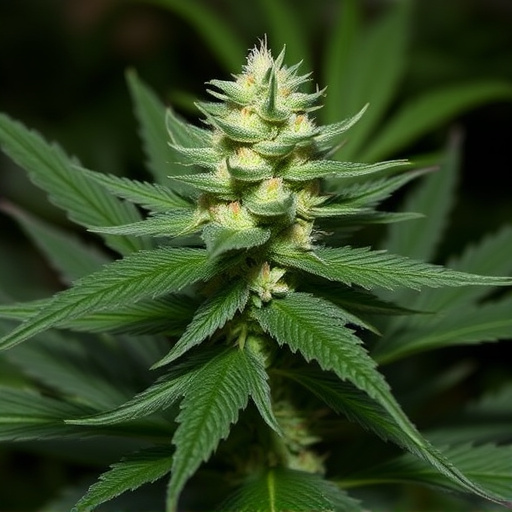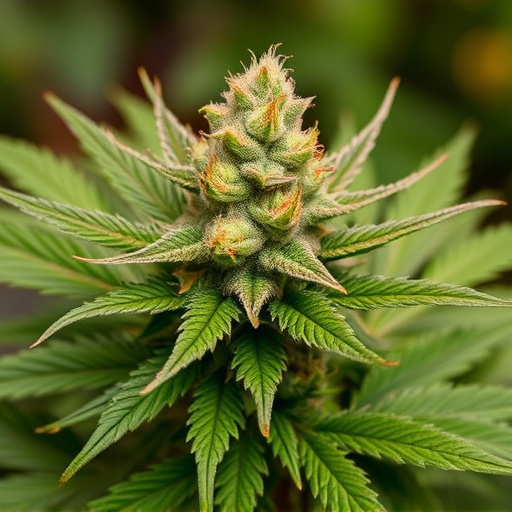The rapid growth of the legal cannabis market, driven by novel strains with unique therapeutic claims, raises concerns about product purity, potency, and consumer safety. High THC levels in modern strains may exacerbate anxiety and psychosis, while unforeseen adverse effects from novel cannabinoids and terpene profiles underscore the need for extensive research. Stricter regulations, standardized testing, and transparency are crucial to safeguard public health, as education and responsible consumption habits mitigate risks associated with these new cannabis strains. Staying informed about the latest research is vital due to the emergence of unique profiles with varying risks and benefits.
In recent years, the legalization of cannabis has sparked curiosity, but understanding its risks is crucial. This article explores the potential health hazards associated with new cannabis strains, focusing on purity and potency concerns in the post-legalization era. We delve into how these factors impact consumers and discuss strategies to mitigate risks through safe consumption practices. By examining these aspects, we empower individuals to make informed decisions regarding their use of new cannabis strains.
- Potential Health Risks Associated with New Cannabis Strains
- Purity and Potency Concerns in the Legalization Era
- Mitigating Risks: Understanding Safe Consumption Practices
Potential Health Risks Associated with New Cannabis Strains

The emergence of new cannabis strains, often hyped for their unique therapeutic properties or potent effects, brings both promise and potential health risks. As researchers continue to uncover the complex interactions between cannabinoids and the human body, it’s essential to approach these novel varieties with caution. While some strains may offer novel benefits, they could also introduce unforeseen adverse reactions, especially in individuals with pre-existing medical conditions or those using other medications.
The rapid evolution of cannabis genetics means that today’s strains can bear little resemblance to their ancestors. New genetic modifications and crossbreeds can lead to unpredictable outcomes. Higher levels of tetrahydrocannabinol (THC), the primary psychoactive compound, are frequently found in modern strains, which may increase the likelihood of anxiety, paranoia, and other psychotic episodes, particularly in young users. Additionally, the addition of novel cannabinoids or terpene profiles could have unknown effects on human health, requiring further study to ensure safe consumption.
Purity and Potency Concerns in the Legalization Era

As legalization spreads, the cannabis market is booming with new cannabis strains entering the scene. While this brings variety and potential therapeutic benefits, it also raises concerns about purity and potency. Without strict regulations and standardized testing, consumers may inadvertently purchase products that deviate significantly from advertised levels of THC or CBD. This can lead to unexpected and potentially harmful effects, especially for individuals with specific health conditions or those new to cannabis use.
Moreover, the lack of oversight allows for the introduction of contaminated or fake products masquerading as legitimate cannabis flower. Pesticides, heavy metals, and other contaminants can pose serious health risks, particularly when ingested. As the industry matures, it’s crucial that regulatory bodies implement robust testing protocols and transparency standards to ensure consumers receive safe and effective products, protecting both public health and the integrity of the legal cannabis market.
Mitigating Risks: Understanding Safe Consumption Practices

Understanding safe consumption practices is crucial when exploring the risks associated with new cannabis strains. While cannabis has gained popularity for its therapeutic potential, it’s essential to recognize that it can also carry certain hazards. One key strategy to mitigate these risks is education—knowing the specific contents and effects of your consumables. This includes understanding the concentration of THC (tetrahydrocannabinol), the primary psychoactive compound, as well as other cannabinoids and terpenes present.
Additionally, adopting responsible consumption habits can significantly reduce potential negative outcomes. These practices involve starting with smaller doses, taking breaks between uses, and consuming in environments that promote relaxation rather than stress or anxiety. Staying informed about the latest research on cannabis strains is also vital, as new varieties with unique profiles may emerge, each carrying distinct risks and benefits.
While new cannabis strains offer potential benefits, it’s crucial to be aware of associated risks. As legalization expands, ensuring purity and potency becomes essential. By understanding safe consumption practices, users can mitigate potential health hazards linked to these evolving products, allowing for a responsible and informed approach to cannabis use.














